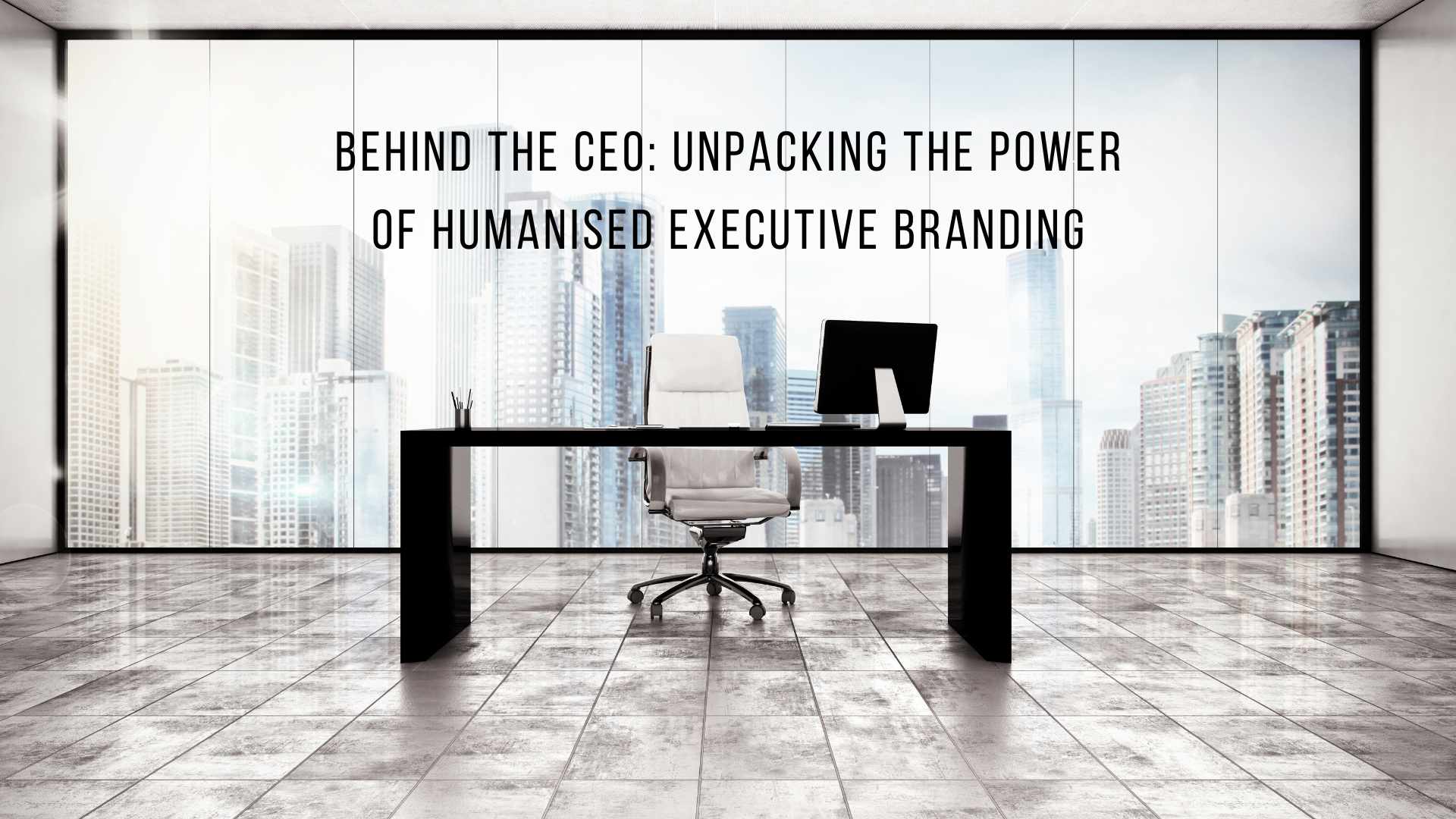ESG (environmental, social and governance) efforts have been getting a reality check recently. Projects and their metrics, as well as companies’ ultimate intentions, are being questioned. ESG efforts have been called a fad and in some cases even outright fraud. Organisations from all around are touting their green credentials—the number of trees they’ve saved, the amount of trash they’ve collected from the sea and their carbon footprints. Elaborate net-zero plans are adorning annual reports.
But following increased pressure from regulators and stakeholders, too many companies have started exaggerating and falsifying their sustainability credentials. Greenwashing spoils any communication strategy that is based on credibility and authenticity, as I laid out in a previous article. Activists have become more vocal in calling out fraudsters, entangling them in publicity—and sometimes legal —battles, leading to reputational and financial damage that will certainly leave scars. Brands have been sued in public courts after selling and charging consumers for sustainable products based on questionable data.
In 2022, we saw how the pendulum was swinging in the opposite direction. Apparently, more firms now deliberately soften, underreport or directly keep silent about their achievements, whether it’s reduced waste or lower emissions. The phenomenon has become known as “green-hushing.” It’s a new tendency that’s mostly driven by fear. Companies believe that there is little value in being open about their studies and efforts, even if they are backed by trusted scientific data. They are so horrified about a possible greenwashing stigma that they go to far lengths to avoid being accused of it.
Damned If You Do? More Like Damned If You Don’t
Let’s be clear: Silence has never been a great PR strategy. So how can you share your ESG efforts and data responsibly without having to suffer any backlash?
Sustainability communication doesn’t merely consist of ESG reporting. You have to integrate your undertakings consistently into your communications strategies across various platforms appealing to different stakeholders. And the most important part here is transparency.
Studies have shown that consumers are more likely to be loyal to a brand that’s completely honest in what it is doing and how it is doing it. This creates trust. To name one example: Outdoor fashion retailer Patagonia not only shares data on its supply chain and environmental impact on its website, but consumers are also able to obtain detailed information about production facilities around the globe, along with in-depth ecological and social assessments that don’t dress up unfavourable findings.
Another example: IT company HP publishes comprehensive breakdowns of the carbon footprint of each of its products on its website.
Taking sustainability initiatives forward requires buy-in from all stakeholders, including employees, customers and the local community. A consistent, engaging communication strategy can lend the different stakeholders a voice and allow them to participate in your organisation’s activities. This can happen via quarterly surveys, regular open dialogue both online and offline, or simply through online feedback channels or on social media where they can raise their concerns whenever necessary.
Better Data, Better Storytelling
As more businesses are setting net-zero targets, data-driven research has become critical. Making a clear, relevant and systematic set of data and facts available to stakeholders also demonstrates transparency, and doesn’t appear like a feeble attempt at hogwash.
Examine your “how” closely as well. You can present data in novel, fresh ways to engage diverse audiences. Visuals and illustrations usually connect to the public better than lengthy passages of text. A mixture of videos and interactive graphics, combined with a series of deep-scroll content, conveys narratives and demystifies complex subjects. Breaking down data into bite-size pieces allows for easier consumption of data and facts. The right balance of technicality and emotion can make a stark difference when communicating with consumers.
So where’s the sweet spot for sustainability communication? Leaving aside greenwashing and green-hushing, you have to make a calculated decision on what to share, how to share it and how much to share.
Very often, the art of communication does not just fall onto the content, but on the timing of it all as well. The call to proudly share or keep humbly quiet differs from moment to moment, and there’s truly no one-size-fits-all solution. But there’s one thing that won’t work—saying nothing at all.
The article originally appeared on Forbes.
Make sure that your sustainability campaigns provide value beyond mere aesthetics. Reach out to our team of comms experts, who can help you strike the right balance between strategy and brand authenticity.


